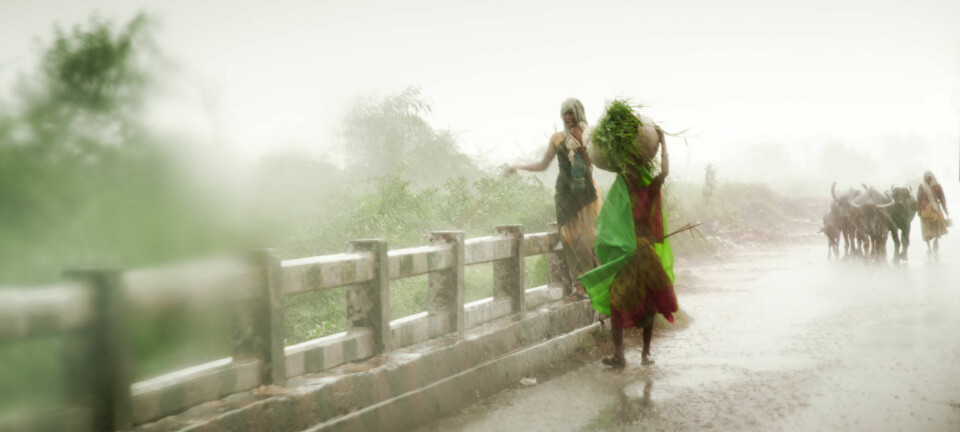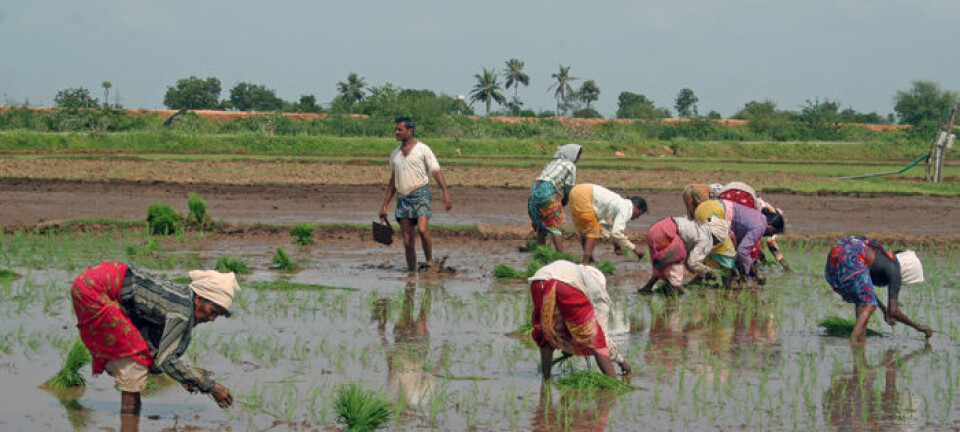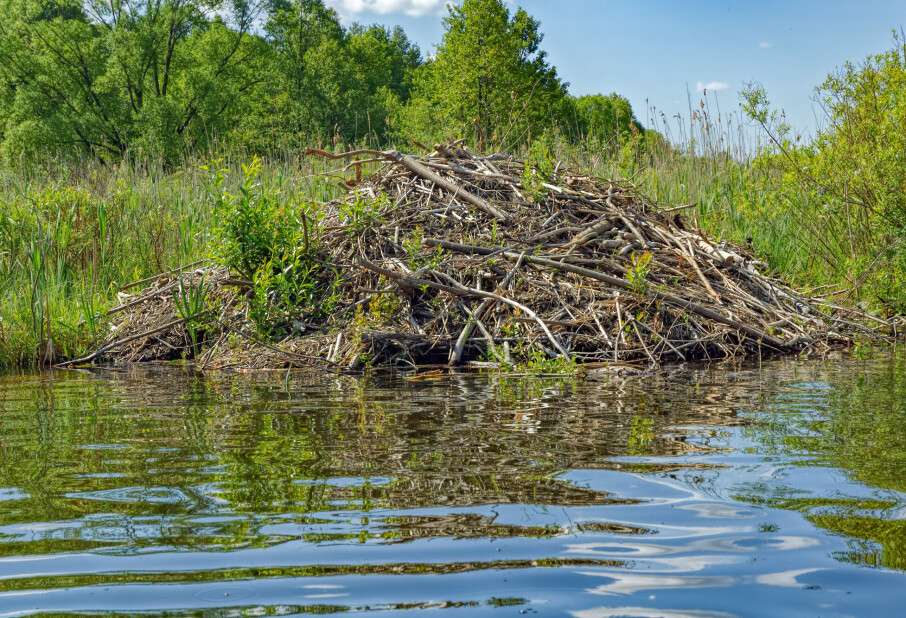
Peak phosphorus and implications for India
OPINION: One of the biggest risks that the world is facing right now is that of the ‘peak phosphorus’ crisis.
Denne artikkelen er over ti år gammel og kan inneholde utdatert informasjon.
The world's supplies of phosphorus as on present day, will last for a maximum of 100 years, and according to more dire estimates would last only until 2050. The projections also suggest the rapid depletion of resources starting from the year 2030 onwards approximately.
The bulk of phosphorus reserves, about 85% of the total global reserves, are concentrated in the western Saharan part of Morocco with the remaining 15% concentrated in China, USA and Jordan.
To complicate matters, the western Saharan part of Morocco is a bitterly politically contested area between Morocco, and the Sahrawi tribe led Polisario movement which has been engaged in a conflict for independence in the region. That the region is a hot bed of conflict is also recognized by the Norwegian government which has urged all of its businesses to keep away from the territory, and also additionally by the Norwegian council of ethics which had decided to withdraw its investments from two fertilizer firms operating in the region.
Now, why is it that peak phosphorus is being made such a big deal of?

Phosphorus is one of the most essential minerals that is necessary for the sustenance of human life. It is also the primary ingredient in the production of all fertilizers with healthy plant growth and optimized plant yields being dependent on the retention of adequate phosphorus. Without phosphorus, food production globally would be severely impacted on an exponential scale, putting at potential risk, millions of lives.
Implications for India
A negative, cyclical and detrimental impact on the world food production is inevitable unless we are forced to take a critical look at this issue with renewed focus, and with scope for further research and policy debates, particularly so in growing economies with huge populations. India is an example; it is one of the biggest importers of phosphorus based fertilizers with a 90% dependency. This precarious scenario could have particularly severe consequences for India.
The global short supply of phosphorus has resulted in increase in prices. China, one of India’s biggest importers of phosphorus had imposed a 120% import duty in 2008. Additionally, a correlation could be drawn between the rising food prices and the rising phosphorus prices. Phosphorus prices had risen by about 800% in the year 2008 and for India, the food inflation was about 18% in the year 2011, all of which only further threaten the food security situation. In addition, a widespread application of phosphorus based fertilizers can also be observed in India due to the amount of subsidies in place (the consumption of fertilizers in India has been about 23 million tons in the year 2007-08).
What should India do?
From a food security perspective, addressing the long term phosphorus issues whilst balancing the immediate short term needs becomes a crucial subject that the Indian policy makers cannot ignore. The problem assumes greater significance because it is accentuated to an even greater degree from the rapid changes in climate, which have been projected to lead to a drastic drop in crop yields in India.
Deliberations may focus on adopting methods of sustainable agriculture and at alternate methods of producing phosphorus, from the context of safeguarding the last remaining sources of phosphorus and to adjust to the projected rising procurement costs. Methods of sustainable agriculture may therefore focus on slowly steering off from phosphorus obtained from phosphate rocks, and instead to be procured from the more naturally occurring sources like animal manures. In addition, the subsidies in the Indian fertilizer industry may be abolished to ensure that the dependence on phosphorus based fertilizers is gradually reduced.
Scientific links
- Cordell and White: Peak phosphorus: clarifying the key issues of a vigorous debate about long-term phosphorus security. Sustainability 3.10 (2011): 2027-2049.
- Cordell et. al.: The story of phosphorus: Global food security and food for thought. Global environmental change 19.2 (2009): 292-305.
- Sharma and Thaker: Fertilizer subsidy in India: Who are the beneficiaries? (2009) Indian Institute of managment Ahmedabad, India
External links
- Phosphorus Famine: The Threat to Our Food Supply, Scientifc American
- MINURSO United Nations Mission for the Referendum in Western Sahara
- Norwegian government clarifies Western Sahara position, Western Sahara Resource Watch (WSRW)
- Norway blacklists US/Canadian fertilizer firms over Sahara imports, Western Sahara Resource Watch (WSRW)
- Import of Fertilizers, Press Information Bureau, Government of India
- Phosphorus-based products to cost more, The Economic Times
- The Great Fodd Crisis of 2011, Foreign Policy
- Impact of Climate Change on Indian Agriculture

































